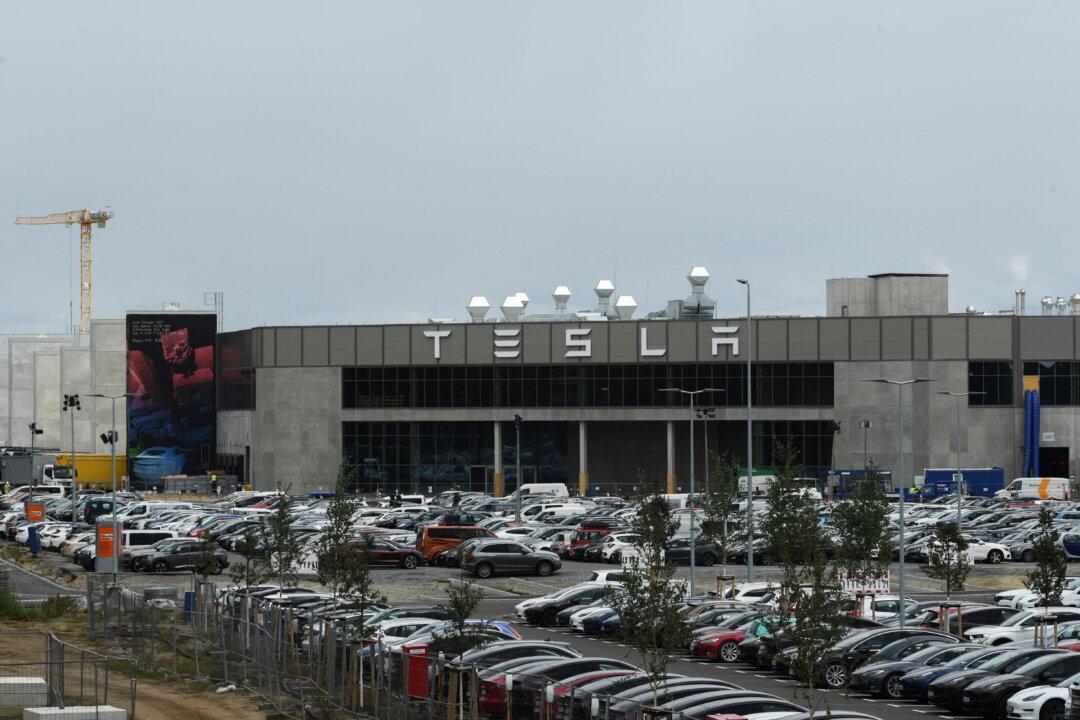Deliveries of Tesla vehicles fell short in the third quarter despite setting a new record, according to a report published by the company over the weekend, causing shares to tumble.
The electric vehicle (EV) company said it requires a further boost in sales in the last quarter of 2022 to meet its annual growth target for the year.
Shares of Tesla fell 8.6 percent at the end of trading on Oct. 3 after production and delivery numbers fell short of the projected 364,660 delivery goal for the three-month period ending in September.Tesla announced the delivery of only 343,830 vehicles in the third quarter, but this was still an improvement over the 255,000 delivered in the second quarter, when its key factory in Shanghai was temporally shut down in July.
The Shanghai factory was reopened in August, enabling production and deliveries to rebound, according to China Passenger Car Association data.Total deliveries were about 42 percent higher compared to the third quarter of 2021, when Tesla delivered over 241,000 vehicles.





